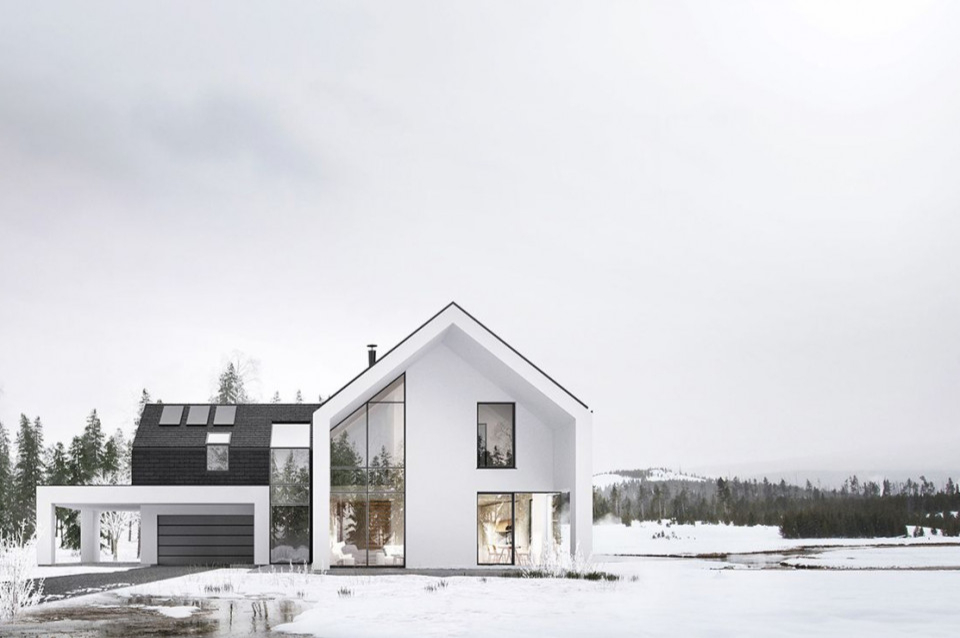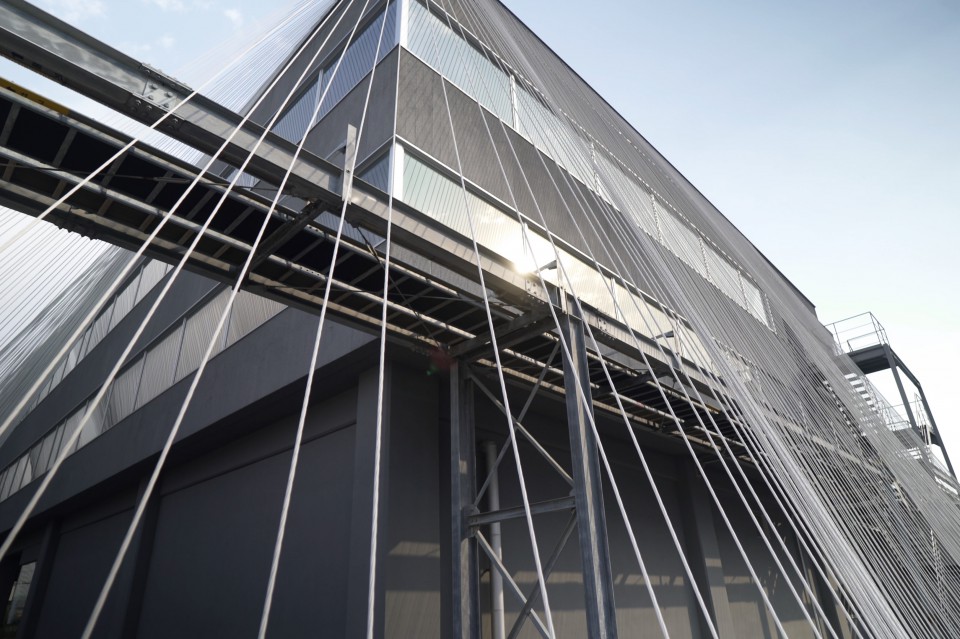Home Care in the Rainy Season: Important Steps to Take

Introduction
The rainy season often brings various challenges for homeowners. Water seepage, high humidity, and potential flooding are some of the issues that need to be addressed. Not only can high rainfall cause structural damage, but it can also lead to health problems due to excessive moisture and mold growth. Therefore, preparing your home for the rainy season is not something to be overlooked. Proper maintenance and preventive measures taken before and during the rainy season can help prevent many issues that might arise.
Beyond immediate impacts such as roof leaks or flooding, the rainy season can cause long-term damage that often goes unnoticed until it becomes serious. For instance, persistent moisture can damage paint, furniture, and even the foundation of a house. By following the essential steps discussed in this article, you will not only maintain the beauty and comfort of your home but also protect your investment in the long run. Begin with regular inspections and necessary maintenance, so you can enjoy the rainy season with peace of mind, without worrying about potential damage.
1. Roof Inspection and Repair

One of the most critical areas to inspect before the rainy season is the roof. A leaking roof can cause significant damage to the house structure and the items inside. Start by examining the entire roof surface for signs of damage, such as cracks, holes, or loose tiles. Damaged tiles or roofing should be replaced or repaired immediately to prevent water from entering the house.

Additionally, ensure that the rain gutters and downspouts around the roof are free from leaves, twigs, and other debris. Clogged gutters can cause water to overflow and seep into the walls or foundation of the house. Regularly cleaning the gutters during the rainy season can help avoid this issue. Do not forget to check the condition of the gutters and their connections to ensure there are no leaks or damages.
2. Ensuring Proper Drainage System
A good drainage system is crucial to prevent water from pooling around the house. Make sure that the rainwater drainage channels around the house are not clogged. Clean the drains and ditches regularly to ensure water can flow smoothly. If the drainage system is not working properly, water can pool and potentially cause flooding or damage the house foundation.
For homes in flood-prone areas, consider installing a sump pump in the basement or areas that frequently flood. A sump pump can help quickly remove water before it causes more extensive damage. Additionally, check the condition of the septic tank and ensure there are no leaks that could contaminate groundwater.
3. Protecting Against Humidity

High humidity during the rainy season can cause various problems inside the house, including mold growth and unpleasant odors. One way to combat humidity is by ensuring good ventilation throughout the rooms. Open windows and doors regularly to allow fresh air to circulate and reduce humidity.

Use a dehumidifier in areas prone to high humidity, such as bathrooms and kitchens. A dehumidifier can help reduce air moisture and prevent mold growth. Additionally, make sure to repair all water leaks inside the house, including dripping faucets or leaking pipes. Small leaks can lead to significant problems if left unchecked for too long.
4. Strengthening the House Structure

The rainy season can put additional stress on the house structure, especially if there are strong winds or storms. Check the condition of the walls, foundation, and support beams to ensure there are no cracks or weaknesses. If any damage is found, repair it promptly with professional assistance.
Also, ensure that doors and windows close tightly to prevent water from entering. Check the seals around doors and windows and replace them if they are worn out or damaged. If necessary, add protective covers such as tarps or canopies over doors and windows to provide extra protection against heavy rain.
5. Maintaining the Outdoor Area

The outdoor area, including the garden and yard, requires special attention during the rainy season to prevent damage and potential issues. One of the first things to consider is the slope of the ground around the house. The ground should have enough slope to direct water away from the house foundation. Flat or inward-sloping ground can cause water to pool around the foundation, potentially damaging the house structure. Additionally, continuous pooling water can lead to moisture seeping into the walls and floors, creating ideal conditions for mold growth and other damages. Therefore, make sure to check and adjust the ground slope before the rainy season arrives.

Maintaining vegetation around the house is also very important. Trim tree branches that are too close to the house to prevent them from falling and damaging the roof or walls during heavy rain or strong winds. Broken and falling branches can cause serious damage and even become a safety hazard. Additionally, ensure that plants around the house do not block water channels or drains. Overgrown plants can cause unexpected water buildup, increasing the risk of local flooding. Regularly prune plants and ensure the area around water channels is free from leaves and other debris. By keeping the outdoor area clean and orderly, you can reduce the risk of damage and ensure that rainwater flows smoothly without causing additional problems.
Conclusion
Maintaining your home during the rainy season requires attention and proper preventive measures. By conducting regular inspections and necessary maintenance, you can prevent serious damage and keep your home safe and comfortable. Start by checking the roof to ensure there are no leaks that could damage the interior of the house. Additionally, make sure the drainage system around the house is functioning properly to prevent water pooling that could damage the foundation. The house structure should also be thoroughly inspected to ensure there are no cracks or weaknesses that could be exacerbated by rain and strong winds. Good ventilation is essential to combat humidity that can cause mold and damage furniture and the house structure.
In addition to technical measures, it is also important to consider the surrounding environment of the house. Cleaning the yard of fallen leaves and twigs, trimming tree branches that are too close to the house, and ensuring that the garden and outdoor areas do not obstruct water flow are equally important steps. By taking all these preparations, you not only protect your home from physical damage but also create a healthy and comfortable environment for the entire family. With good planning and proper preventive measures, you can face the rainy season more calmly and confidently, knowing that your home is ready to handle any challenges that may arise.








